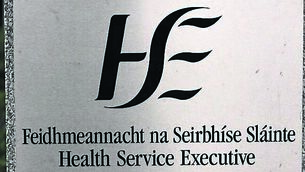An Taisce: Appeals against reckless planning saved taxpayers €750m
In its review of planning across 34 city and county councils, the body said had the developments proceeded, the loans would likely have been acquired by Nama, or would have remained with financial institutions as non-performing burdens — liabilities which taxpayers are underwriting.
The study, released on Monday, showed that in 2008, there were 42,000 hectares zoned for residential purposes — enough for 4m extra people on top of the 4.4 million population at that time. This does not take into account thousands of hectares of land zoned for mixed-use, industrial, retail, commercial, and other uses.
Between 2000 and 2009, an average of 45,000 planning applications were lodged each year. Approximately 30,000 of these were referred to An Taisce for comment. The heritage body brought appeals to An Bord Pleanála in regard to about 2,000 cases. Some 80% of these were upheld.
Some of the developments successfully appealed by An Taisce include:
* Business parks proposed in remote and unserviced locations in Meath, Wicklow and south Tipperary (estimated loan value €140m-€190m).
* Hotel and holiday home developments proposed in unserviced locations, or otherwise unsustainable including three hotels proposed along the M7, another at Skibbereen, in Cork, and at Whitfield, Waterford, (estimated loan value €85m-€142m).
* Over-scaled urban development mainly in Dublin, including at Chancery St motor tax office, a wide range of development proposed at Ballsbridge, and at Arnotts (estimated loan value €200m-€320m).
Meanwhile, Donegal County Council criticised as “anti-rural” the report that found it had the worst planning record in the country. An Taisce found Donegal had the highest number of planning decisions overturned on appeal by Bord Pleanála at over 50%.












